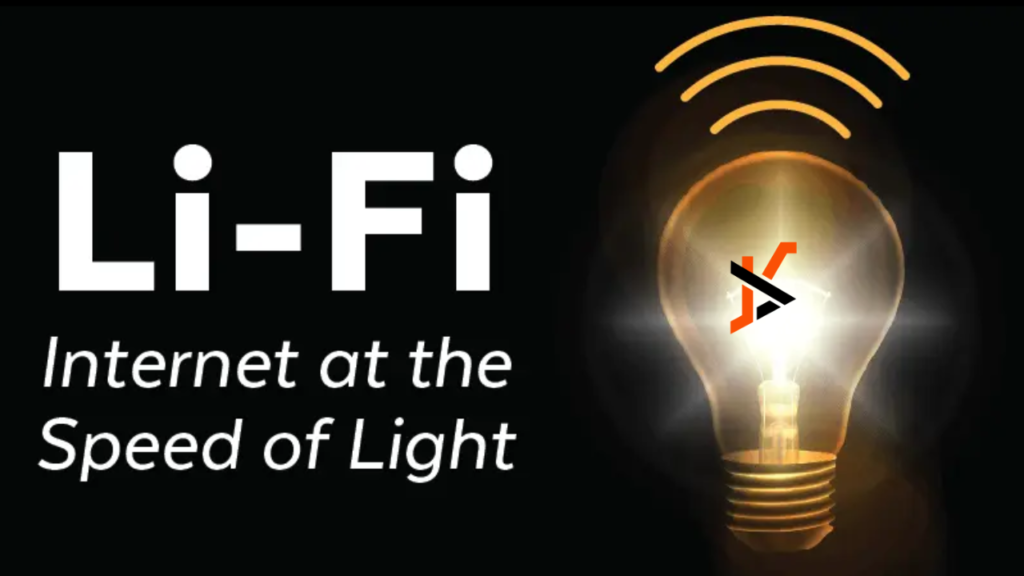Introduction to Li-Fi Technology
LiFi is a revolutionary wireless communication technology that utilizes light to send information. It works at a different frequency from traditional Wi-Fi in radio waves; instead, it uses visible light from LED bulbs. This novel method of transmitting and receiving wireless signals will provide greater security and less interference and will allow for much higher data transfer rates. This research is important as it helps to understand people’s support or resistance to LiFi technology.
Awareness and Understanding of Li-Fi
It is important to highlight that public knowledge of LiFi technology is significantly lower than that of other wireless technologies such as Wi-Fi. Most individuals must be aware of the form of data transmitted using light. Educational campaigns and demonstrations are crucial to fill this knowledge gap. A greater focus on communicating the advantages and potential uses of Li-Fi should help raise awareness and create more interest. With increased knowledge and understanding of Li-Fi technology and its possible applications, more individuals will begin to show interest in the new technology and accept it.
Perceived Benefits of Li-Fi Technology
Some of the inherent benefits of Li-Fi technology can lead to public acceptance. Li-Fi can be used to support high-frequency applications like video streaming and online gaming. Moreover, Li-Fi technology, which uses light instead of radio frequencies for communication, eliminates the problem of crowding the wireless channel and increases the network’s signal-to-noise ratio. These benefits make Li-Fi a desirable technology for both end-users and corporations.
Concerns and Misconceptions
However, a few concerns and misinterpretations prevent the general population from embracing Li-Fi technology. One key question is the line-of-sight issue. In the case of Li-Fi, the light means that the signal cannot penetrate walls like Wi-Fi can, significantly reducing the technology’s range. Further, some people are concerned about using LED lights for data transmission, even though they are safe, as research has evidenced. This is crucial for earning the trust and acceptance of the public as it addresses these concerns through communication and technological innovation.
Applications and Future Prospects
The future of Li-Fi technology is very promising for different industries. Li-Fi can deliver fast and secure internet connections in homes and offices. In the medical sector, it can facilitate communication without disrupting any medical devices. Airports and shopping malls can also derive value from boosted connectivity without the crowding inherent in Wi-Fi. With time, the technology will become more efficient and be used in other fields, which may completely change the sphere of communication.
Role of Industry and Government
Implementing Li-Fi technology as a viable solution for indoor applications requires the involvement of industry players and relevant regulatory bodies. Industry leaders need to focus on research and development to overcome the technical issues and constraints of Li-Fi technology, including expanding the range and ensuring that Li-Fi can work with the current infrastructure. Governments can play a vital role by introducing the right policies and providing grants for projects associated with introducing Li-Fi technology in the public and private domains. Such efforts can collectively hasten the implementation and adaptation process for Li-Fi and make it a reality shortly.
Consumer Adoption and Market Trends
Consumer adoption is paramount for Li-Fi technology to gain large-scale commercial acceptance. Technology and business enthusiasts can go a long way in showing the use and reliability of Li-Fi. More positive reviews and successful examples of applying the tool will help to gain confidence among potential customers. The market trends show a greater need for faster and more secure communication technologies; Li-Fi may be able to fill this gap. More consumers are bound to enjoy the benefits of Li-Fi, thus making it more popular.
Conclusion: The Future of Li-Fi Technology
Li-Fi technology may be a promising and vital element of communication and connection in the future. However, this will only be possible if it captures the public’s attention, answers people’s questions and concerns, and shows them how it can be practically helpful. Government policies that support the industry and encourage collaboration will be essential in advancing the development and adoption of Li-Fi. Li-Fi, which offers quicker, more secure, and interference-free connectivity for various applications, can become a mainstream technology if public opinion changes and adoption increases.

